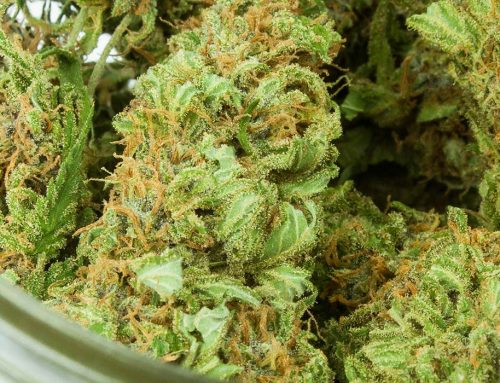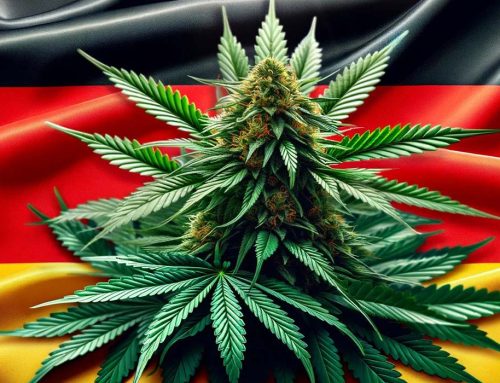On June 18, the New York State Department of Health announced that opioid use would be added to the list of qualifying conditions for medical marijuana recommendations. New York state currently has twelve severe, debilitating, or life-threatening conditions that qualify for a medical marijuana recommendation: cancer, HIV infection or AIDS, ALS, Parkinson’s disease, MS, spinal cord injury, epilepsy, inflammatory bowel disease, neuropathy, Huntington’s disease, PTSD, and chronic pain.
Using marijuana to get off opioids
In a prepared statement, State Health Commissioner Howard Zucker said that “The opioid epidemic in New York State is an unprecedented crisis, and it is critical to ensure that providers have as many options as possible to treat patients in the most effective way. As research indicates that marijuana can reduce the use of opioids, adding opioid use as a qualifying condition for medical marijuana has the potential to help save countless lives across the state.”
Like many states, New York is facing a severe public health crisis related to opioid abuse. In 2016, there were more than 3,000 overdose deaths. No death from a marijuana overdose has been recorded.
The harms of opioid addiction are not limited to overdose deaths. Opioid use also increases risk of HIV, Hepatitis C, and other chronic diseases. According to a report published in Pain Medicine, the “societal costs of prescription opioid abuse” in the United States “were estimated at $55.7 billion in 2007.” This figure includes lost days at work, healthcare costs, and criminal justice costs.
On the other hand, according to the New York State Department of Health, “Marijuana can be an effective treatment for pain, greatly reduces the chances of dependence and eliminates the risk of fatal overdose compared to opioid-based medications. Studies of some states with medical marijuana programs have found notable associations of reductions in opioid deaths and opioid prescribing with the availability of cannabis products. States with medical cannabis programs have been found to have lower rates of opioid overdose deaths than other states, perhaps by as much as 25 percent. Studies on opioid prescribing in some states with medical marijuana laws have noted a 5.88 percent lower rate of opioid prescribing.”
This statement from one agency of New York’s government comes shortly after another by the Comptroller of New York City, Scott M. Stringer. He has released a report arguing for legalization of adult-use marijuana in New York state so that the state may reap tax benefits.
Since medical marijuana was legalized, the New York State Department of Health has improved its regulations by licensing new growers and dispensaries and allowing for home delivery. Currently there are almost 60,000 people with medical marijuana recommendations in the state.
It is hoped that once medical marijuana becomes available to those who use opioids, patients will be able to manage their pain enough to decrease or eliminate their opioid use. Evidence from other states where medical marijuana is legal is promising. Opioid use and overdose deaths have declined where medical marijuana is available as an alternative.
What do you think? How effective is marijuana at helping people quit or use less opioids? Leave a comment below.






